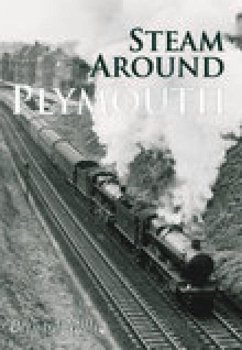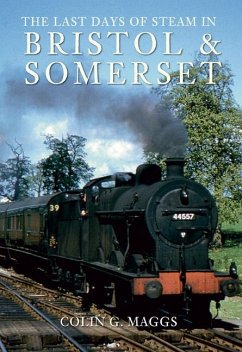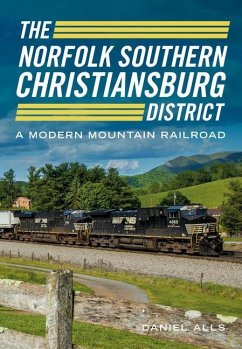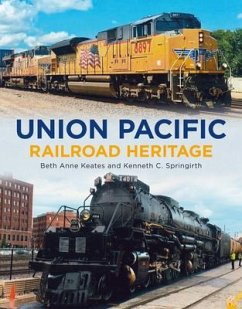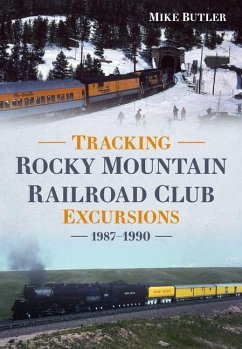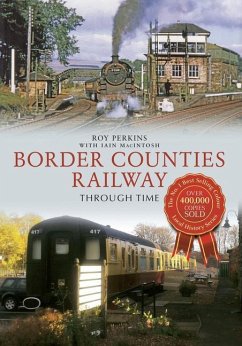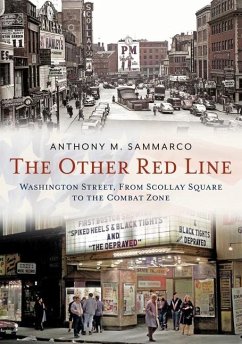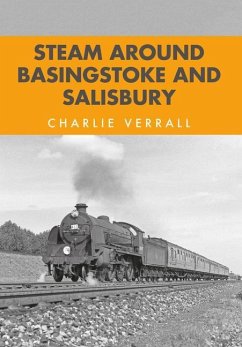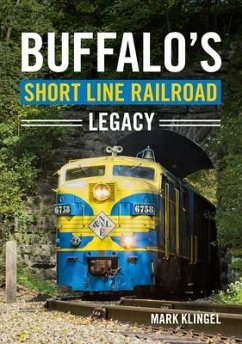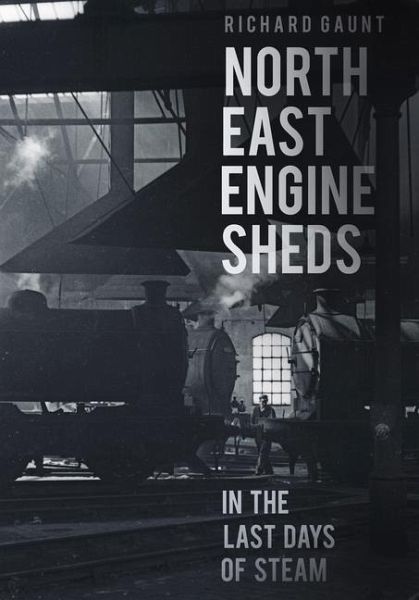
North East Engine Sheds in the Last Days of Steam
Versandkostenfrei!
Versandfertig in über 4 Wochen
21,99 €
inkl. MwSt.

PAYBACK Punkte
11 °P sammeln!
In the late 1950s and '60s, steam motive power depots attracted railway enthusiasts like pins to a magnet. There was no need to wait on a platform for something to turn up; particularly at weekends and evenings, sheds would be packed with machines waiting their turn, being disposed of, getting fixed, or stored for another day. Enthusiasts flocked to these grimy railway havens as places of enchantment. This beautifully illustrated book, produced in association with the National Railway Museum, travels back to those days, combining Richard Gaunt's atmospheric photographs with quotes from people ...
In the late 1950s and '60s, steam motive power depots attracted railway enthusiasts like pins to a magnet. There was no need to wait on a platform for something to turn up; particularly at weekends and evenings, sheds would be packed with machines waiting their turn, being disposed of, getting fixed, or stored for another day. Enthusiasts flocked to these grimy railway havens as places of enchantment. This beautifully illustrated book, produced in association with the National Railway Museum, travels back to those days, combining Richard Gaunt's atmospheric photographs with quotes from people working on the railways at the time, and instructions and reports from 'the management' who - despite all appearances - were trying to give a good service at an acceptable cost. This evocative and nostalgic book brings the past to life and is sure to appeal to people who remember the north eastern railways and the drama of working steam sheds.



